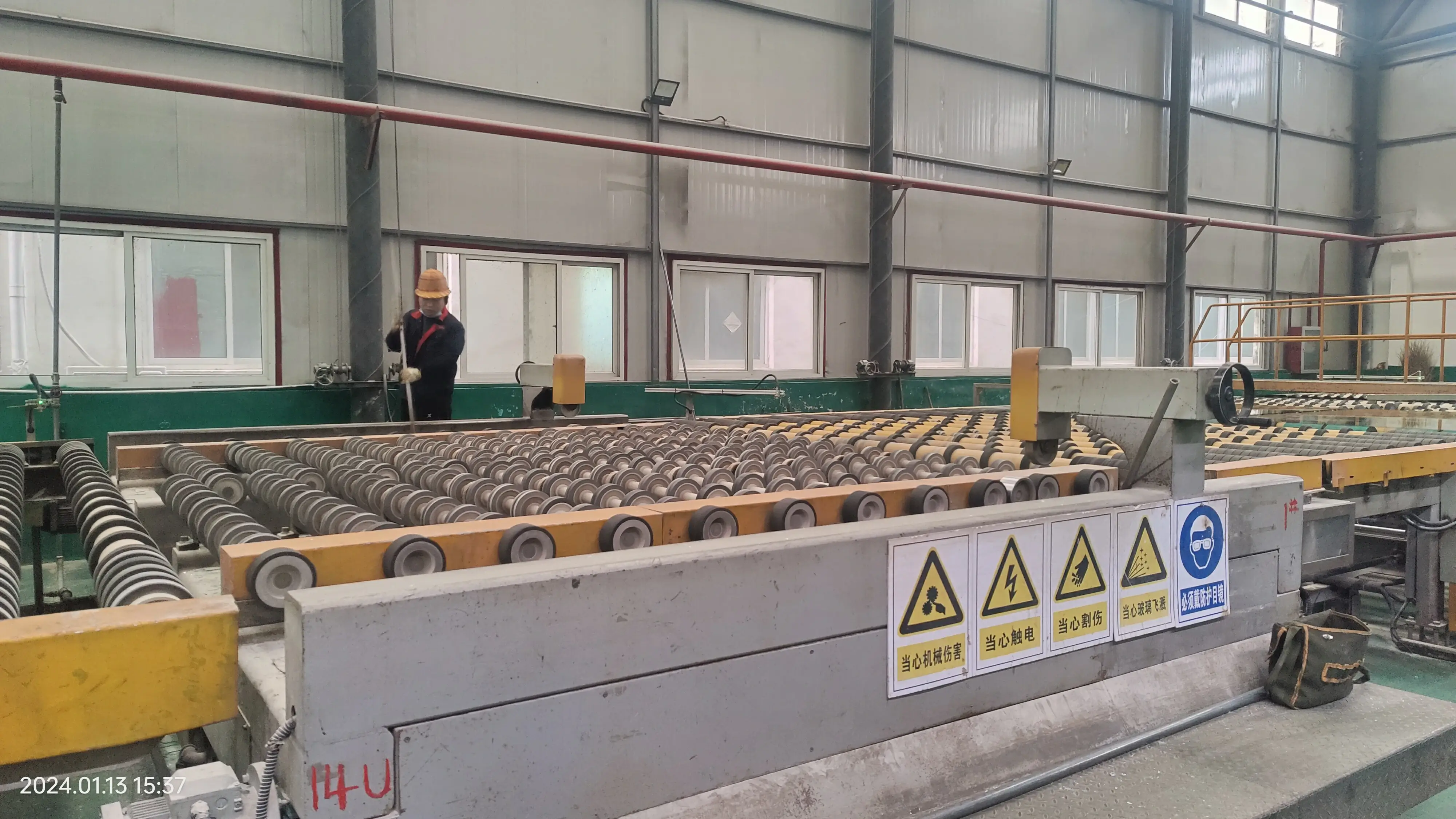

The Dilemma of Cracked Tempered Glass Understanding Its Risks and Benefits
Tempered glass, known for its strength and safety features, is a popular choice in various applications, from skyscrapers to shower doors. Unlike regular glass, tempered glass undergoes a thermal treatment that enhances its durability and makes it less prone to shattering. However, the phenomenon of cracked tempered glass raises important concerns about safety, aesthetics, and consumer awareness.
The Nature of Tempered Glass
Tempered glass is produced through a process of extreme heating and rapid cooling, which increases its tensile strength. As a result, when it breaks, it shatters into small, blunt pieces rather than sharp shards, minimizing the risk of injury. This property makes tempered glass particularly suitable for environments where safety is paramount. Yet, despite its robust design, it is not impervious to cracking.
Causes of Cracks
Cracked tempered glass can occur due to several factors. One of the most common causes is thermal stress. Sudden changes in temperature—such as a hot object placed on a cold glass surface—can lead to uneven expansion and contraction, resulting in fractures. Additionally, improper installation or handling may introduce micro-defects that weaken the glass. External impacts, such as a heavy object falling on the glass, can also lead to cracks.
The Aesthetic Impact

Beyond safety concerns, cracked tempered glass presents significant aesthetic issues. In architectural applications, cracks can disrupt the visual harmony of a design and necessitate costly replacements. For interior spaces, such as homes, cracked tempered glass fixtures can detract from the overall appeal and lead to negative perceptions of quality. Homeowners and builders must weigh the costs associated with potential repairs or replacements against the benefits of using tempered glass in the first place.
Consumer Awareness and Safety
Consumer awareness regarding the properties and limitations of tempered glass is crucial. Many people assume that all glass labeled as tempered is completely shatterproof, which is a misconception. Understanding that cracks can still occur encourages consumers to be more cautious in their selection and maintenance of glass products. This awareness is especially important in high-risk environments, such as schools, hospitals, and public buildings, where the safety of individuals should always be a priority.
Preventative Measures
To mitigate the risks associated with cracked tempered glass, several preventative measures can be adopted. First, ensuring proper installation is vital. Hiring qualified professionals who understand the intricacies of tempered glass can significantly reduce the chances of cracks developing. Second, regular inspections can help identify early signs of stress or damage, allowing for timely interventions. Lastly, consumers should be educated on appropriate usage and care for tempered glass products to avoid scenarios that may lead to cracking.
Conclusion
Cracked tempered glass represents a complex issue that intersects safety, aesthetics, and consumer knowledge. While its strength and shatter-resistant qualities make it a popular choice in many applications, it is essential to recognize that tempered glass is not immune to cracks. Understanding the causes and implementing preventative measures can help mitigate risks, ensuring that this material continues to be a safe and attractive option for modern architecture and design. As technology evolves, innovations may arise that further enhance the safety and durability of tempered glass, but until then, awareness and careful handling remain the best defenses against cracks.